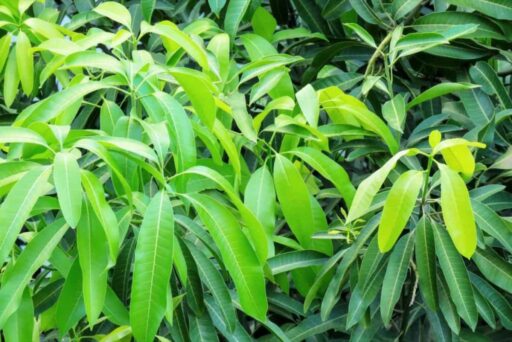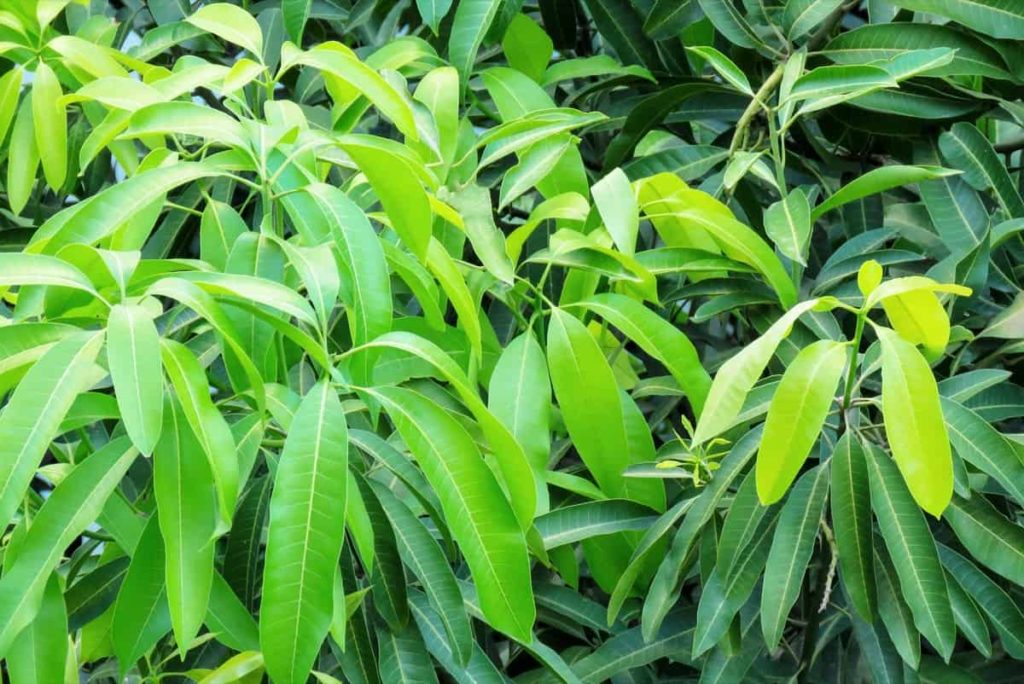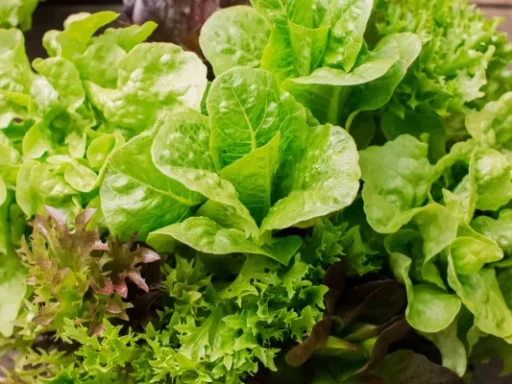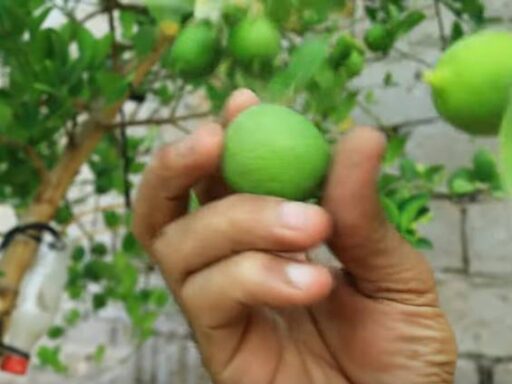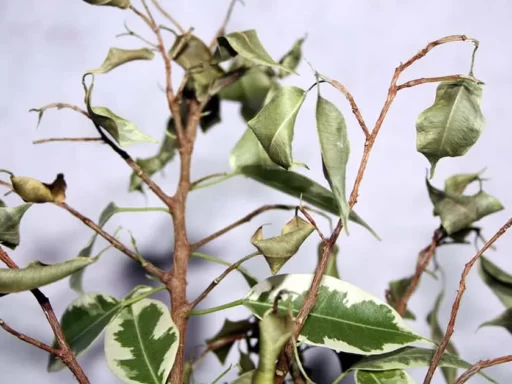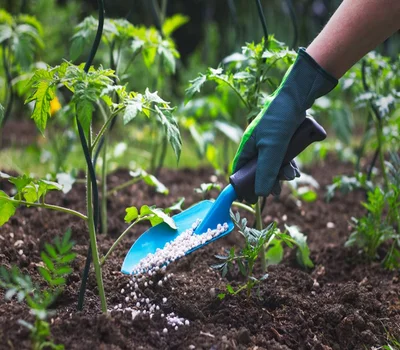Grafting mango trees is an essential technique for ensuring healthy growth, high-quality fruit, and extending the life of mango trees. Whether you are a novice or an experienced gardener, learning the right methods to graft mango trees can significantly improve your results. In this article, we will explore detailed steps and tips for grafting mango trees, from seeds to trees that are up to 20 years old.
Introduction to Mango Tree Grafting
Mango grafting is a process that requires time, patience, and effort. The goal of grafting is to produce stronger, disease-resistant trees that bear fruit more quickly. There are various stages of mango grafting, depending on the age of the plant, from as young as three months to trees that are over 10 or 20 years old.
Grafting Mango Saplings from Seeds
Starting with the seeds, mango grafting can begin as early as three months after germination. For those interested in growing mango trees at home, whether in pots, balconies, or gardens, grafting is the most effective way to ensure healthy growth. One of the most reliable methods for sprouting mango seeds is by placing the seed in water. Suspend the seed in the water using a wire to ensure the stem grows straight while the roots develop downward.
Once the sapling is ready, you can begin grafting. First, make sure you use clean, sterilized tools. A sharp knife or blade is essential, and sterilizing it with heat can help prevent fungal infections that may hinder the grafting process.
Steps for Successful Grafting
- Prepare the Stem: Carefully sharpen the stem of the seedling into a “V” shape. This step must be done with precision to ensure a strong graft.
- Sterilization: Before starting, sterilize your tools. This step is crucial to prevent any infections or diseases from spreading to the sapling.
- Grafting: Insert the prepared stem into the rootstock, ensuring there is no space between them. Any gaps may allow air to enter, which could cause the graft to fail. Wrap the graft site tightly to avoid air exposure.
- Watering: After wrapping the graft site, place the sapling in water. Keep the sapling submerged until the graft has fully healed and is strong enough to be planted in soil.
Ideal Timing for Grafting Mango Trees
Timing is key for successful mango grafting. For optimal results, graft during mild weather conditions, preferably in spring or autumn. Avoid extreme temperatures, whether too hot or too cold, as this can negatively affect the success of the graft.
If you have access to a controlled environment such as a greenhouse, grafting can be done year-round by maintaining a stable climate. This flexibility ensures that you can graft trees in any season if the right conditions are met.
Grafting Larger Mango Trees
For older mango trees, grafting becomes more complex but remains possible. Trees that are 10 or even 20 years old can still benefit from grafting. The goal is often to introduce newer, more productive varieties of mango to the tree. With older trees, grafting can be done on multiple branches, allowing the tree to bear several varieties of mango fruit.
When grafting older trees, the method differs slightly. The process involves grafting between the wood and the bark of the tree. This ensures the graft can fuse with the tree’s vascular system for a strong and successful graft.
Key Mistakes to Avoid
- Improper Timing: Grafting during extreme weather conditions, whether too hot or too cold, can result in failure. Always aim for moderate climates or create controlled environments.
- Poor Sterilization: Not properly cleaning your tools can lead to infections that prevent successful grafting.
- Loose Wrapping: If the graft is not wrapped tightly enough, air can enter and cause the graft to dry out or fail.
Final Tips for Success
Mango grafting requires patience and attention to detail. Once the graft has healed, continue monitoring the tree’s progress. It’s important to remove any unwanted shoots or growth from the tree to ensure that all nutrients are directed towards the grafted branch. Over time, with proper care, the grafted tree will bear fruit, and you’ll enjoy the benefits of having a healthy, productive mango tree.
Conclusion
Grafting mango trees is a rewarding process that can lead to healthier, more productive trees. Whether you’re working with a young sapling or an older tree, following the right methods will increase your chances of success. With patience, the right tools, and proper timing, you can master the art of mango grafting and enjoy the fruits of your labor for years to come.

